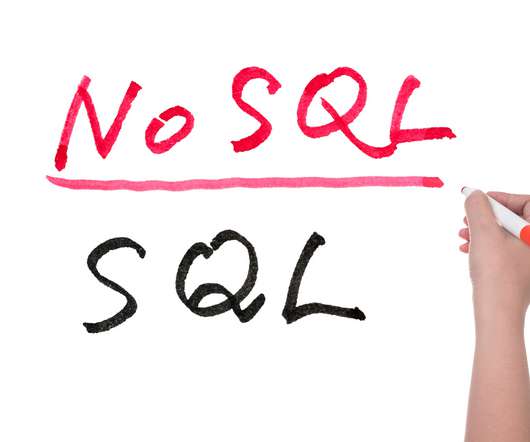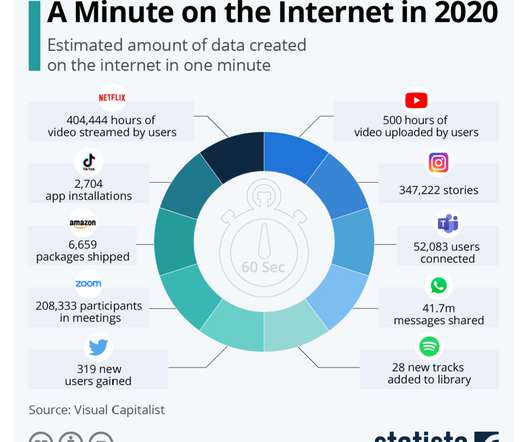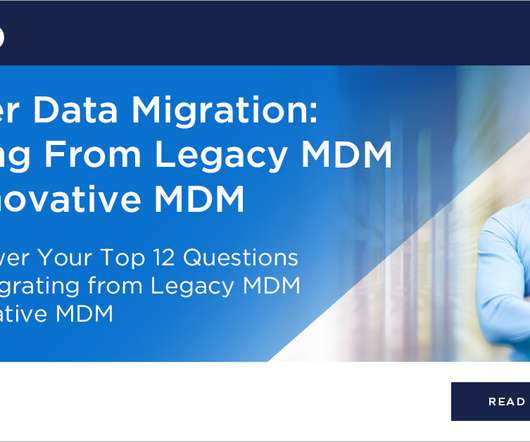Data governance use cases – 3 ways to implement
Collibra
DECEMBER 1, 2020
Data lake management: Prevent a data swamp. A data lake is a storage repository that holds a vast amount of raw data in its native format, including structured, semi-structured and unstructured data. The data structure and requirements are not defined until the data is needed.


























Let's personalize your content